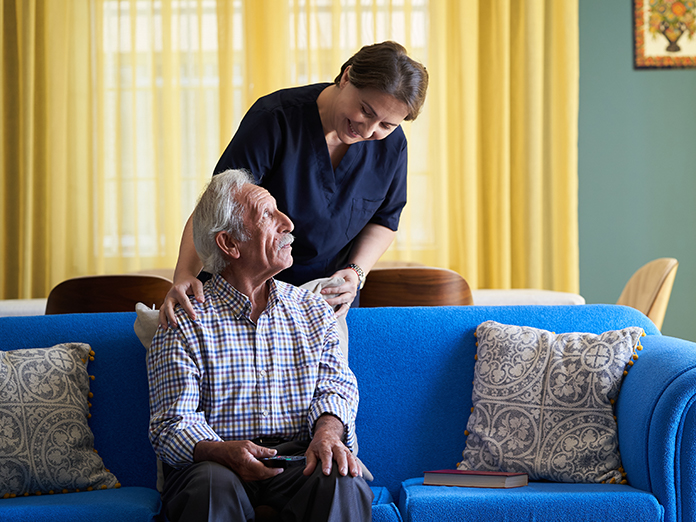Another group or vendor provides the info on the next page. If you don’t want to leave our site, choose the “X” in the upper right corner to close this message. Or choose “Go on” to move forward.

Our promise to you
Federal disasters and other public health emergencies can happen at any time. When they impact you, we follow:
- Our Medicare contract
- The lead of federal and state governments
We may waive the need for prior authorization (PA) — approval for coverage from your health plan first. Or work with providers outside our network, if you can't get care from a network provider. We do this to make sure you get timely care. And we’ll keep you informed along the way.
Be ready for emergencies
No one can prevent a disaster or emergency. But you can prepare for them. Learn how to make a plan that can help protect you, your family and your home.
Not yet a member?
Call Member Services at 602-586-1730 or 1-877-436-5288 (TTY 711). We’re here for you 8 a.m. to 8 p.m., 7 days a week.
Not yet a member?
Call Member Services at 602-586-1730 or 1-877-436-5288 (TTY 711). We’re here for you 8 a.m. to 8 p.m., 7 days a week.
Make and practice a disaster plan for you and your family. This can help keep everyone safe, aware and together. Your plan should include an emergency supply kit as well as details on:
- What to do and where to go if you have to leave your home
- Where to meet if your family gets separated
- How to get emergency alerts and warnings
Some family members may need special care during an emergency. Make sure you have a plan for everyone, including:
- Older adults
- Children
- Those with disabilities
- Pets
Learn how to make a disaster plan.
In the event of a disaster, make sure you have an emergency supply kit ready when you need it. Prepare your kit to include at least three days’ worth of food, water, clothing and medicines. And add any other items based on your family’s needs.
Need to make a checklist? See this emergency supply list (PDF) for ideas.
Learn more about preparing an emergency supply kit.
Sign up for your electricity provider’s medical preparedness program:
You’ll want to look for shelter before a disaster happens. If you have to leave your home, make sure you know a safe place to go. The more options, the better.
You may find shelter by staying at a:
- Family member or friend’s house
- Hotel
- Community shelter
Preparing your home before a storm or a disaster can help you lower the chance of damage.
Take these steps to help secure your home:
- Turn off electricity and water.
- Leave natural gas on.
- Turn off propane gas service.
- If you expect flooding, use sandbags to keep water away from your home.
- Cover the outside of windows with shutters or plywood.
- Bring things indoors (outdoor furniture, toys, hanging plants and any other objects that can blow away).
Learn more about how to secure your home during these storms and emergencies:
Your disaster plan should include your pets, too. The best way to prepare is to pack a pet “go bag.” Make sure it includes food, medicines, documents and other items your pets may need. If you have to leave your home, don’t leave your pets behind. Be sure to take them with you.
Here are some other steps you can take to keep your pets safe:
- Bring pets indoors.
- Find a pet-friendly hotel in case you need to relocate.
- Make sure your pets are current on vaccines. Pet shelters may require proof of vaccination.
- Have current photos of your pets.
- Keep a collar with an ID tag on your pets.
- Have a leash or pet carrier ready.
- Have enough food, water and newspapers or trash bags for clean-up.
Learn more about how to protect your pets.
Check these links for more info on preparing for emergencies.
H5580_25_065_C

